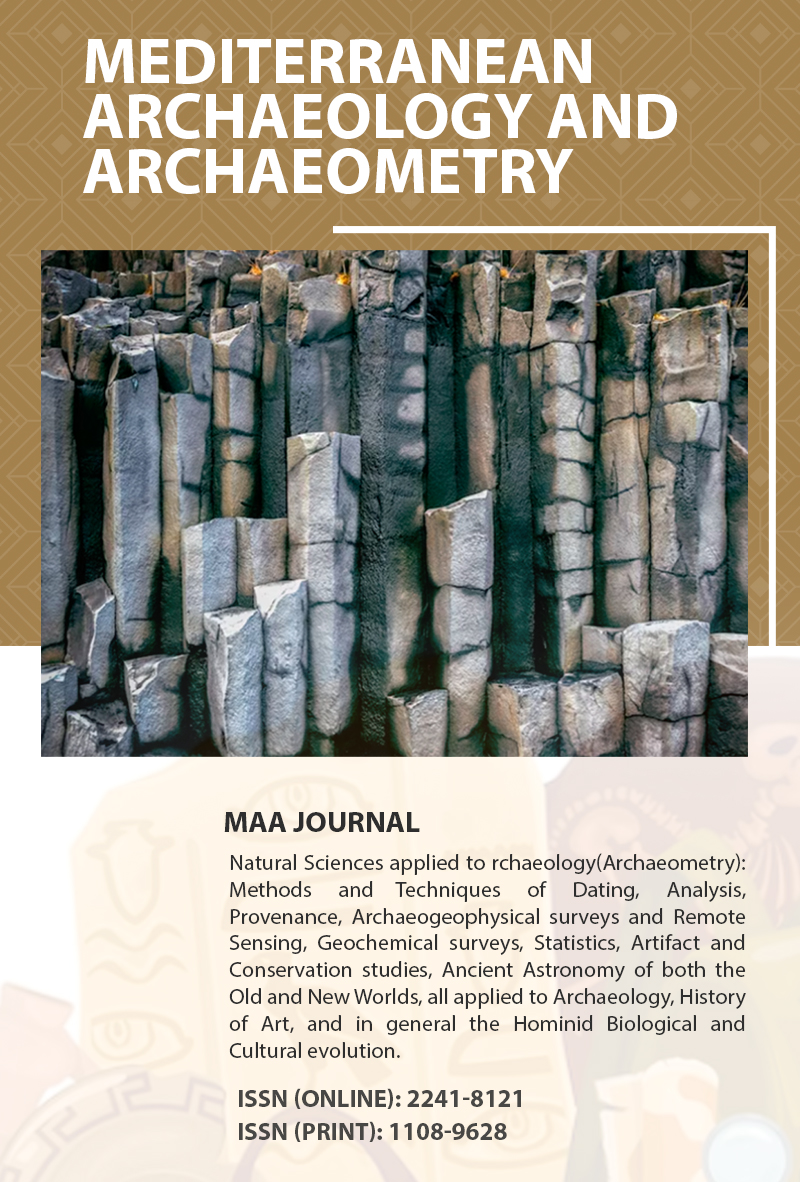Analysis of the Composition and Change of Chinese Blue and White Porcelain Pot Glaze from the Perspective of Archaeology
Keywords:
Archaeology, Blue and White Porcelain Pot, Glaze, Constitute, Change Analysis.Abstract
In order to deeply study the main components, appearance, whiteness and change process of Chinese blue and white porcelain glaze, 21 pieces of porcelain excavated in the Great Shangqing Palace of Longhu Mountain in Jiangxi Province in 2014~2017 were studied as the research objects, and electron microscope, energy dispersion scanner and main component analysis method were used to analyze and compare blue and white porcelain tire glaze. The results showed that the silicon, aluminum and other components of blue and white porcelain tire glaze were similar to those of the Hutian kiln and Fanchang kiln in the Song Dynasty (AD 1018~1032), and the shape and color were also similar. Among them, the silicon and aluminum content of 21 pieces of porcelain gradually increased, and the width of the bowl mouth gradually increased. This shows that at the end of the Song Dynasty (AD 1028~1032), the shape and technology of blue and white porcelain were upgraded and changed, and gradually showed the characteristics of the early Qing Dynasty (AD 1042~1052). The blue and white porcelain excavated by the Great Shangqing Palace of Longhu Mountain has historical and cultural value for exploring the porcelain-making technology, porcelain design and excavation of ancient Chinese blue and white porcelain, and the ancient city's ruins.










